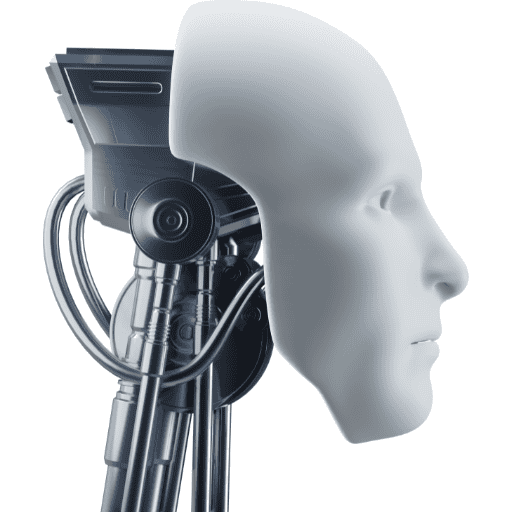New Internet Rules Aim to Control AI Training Bots

There’s some pretty interesting news about new rules aimed at controlling how AI bots use data from the web for their training.
This might sound a bit techy, but don’t worry—I’ll break it down!
Giving Website Owners More Control
The big deal with these new rules is that they aim to give website publishers more control over how AI training bots can access and use their content. Why is this important? Well, think of it like this: if you created something cool, like a drawing or a story, you’d probably want to know and maybe decide who gets to use it, right? That’s exactly what these rules are trying to do for website owners who want to manage who can use their online content.
Publishers can choose to block those bots that gather data and learn from it, ensuring their hard work isn’t used without permission. It’s about keeping a check on AI companies that use this data for their machine learning projects and making sure everything is fair.
How Do These Rules Work?
These new standards are like an upgrade to something called the Robots Exclusion Protocol, or “robots.txt” for short—something computer folks use to guide how web crawlers, like those used by search engines, interact with websites. The rules will make these guidelines apply to AI bots too!
There are three main ways website owners can manage these AI bots:
- Robots.txt: This is a file that tells bots whether they’re allowed or not to “crawl” on a site.
- Meta Robots HTML Elements: These are like special codes in a webpage that can say whether a bot can use the site’s content or not.
- Application Layer Response Header: This is a more technical way for servers to give instructions to bots about what they can do.
These methods help website owners control data use but don’t cut off access to their sites entirely. It’s all about data management, not locking the doors!
Who’s Behind This Idea?
The new rules come from the Internet Engineering Task Force (IETF), a group that develops international internet standards. Because they’re a respected and established body, their proposals hold a lot of weight, and people in the tech world pay attention to what they suggest.
Will These Rules Be Followed?
Even though following these rules is voluntary, there’s a high chance that legitimate AI developers will stick to them. That’s because the good guys in tech—like the legit bots that search engines use—already follow similar guidelines. This means responsible AI companies are likely to respect these new rules too, giving publishers some peace of mind.
Why Are These Rules Important?
There’s been a lot of talk (and sometimes legal arguments) about how AI companies use public data. These new rules aim to handle these issues by offering a straightforward way for website owners to say “yay” or “nay” to AI bots using their data. This could help keep things balanced between developing cool AI technology and respecting people’s rights to their content and privacy.
In summary, these proposed standards could play a crucial role in shaping how AI interacts with the internet, offering a healthier balance between innovation and respect for individual data rights.
So, what do you think? Pretty neat how the tech world is finding ways to make the internet a more controlled and respectful space for everyone, isn’t it? Let us know your thoughts!
